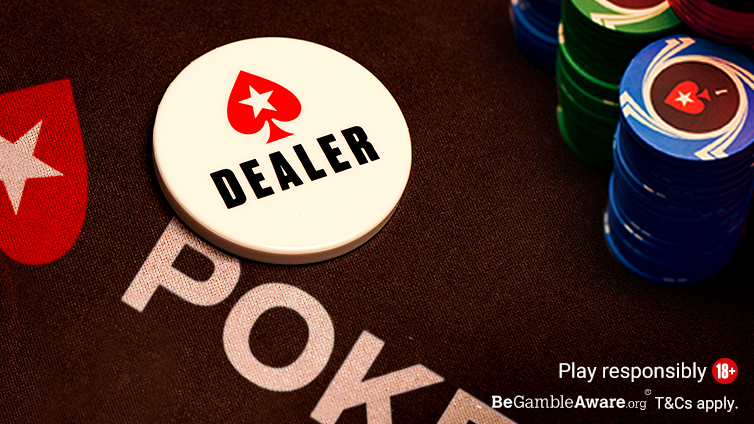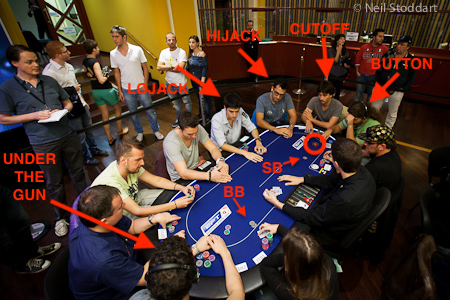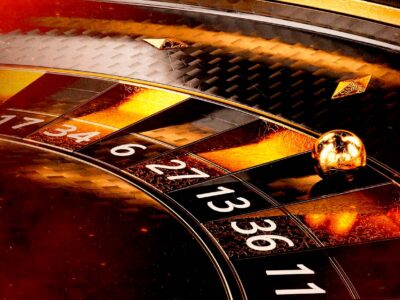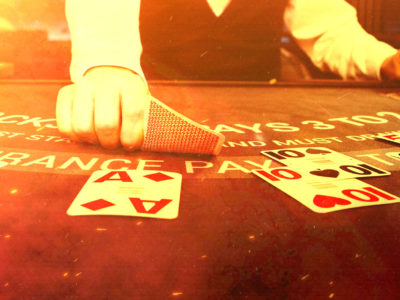It’s not long after you first begin showing an interest in poker basics that you start being bombarded with the game’s unique language. There are specific terms for particular actions, equipment, players and even seating positions — and it’s the last of those we’ll take a look at here.
While advanced players might already know what the terms “under the gun”, “hijack” and “cutoff” means for their poker strategy, it’s often less clear where the terms originally came from. And while new players might want to focus more particularly on their poker tips and tactics, it’s also interesting to get an idea of how these terms came about, and what they mean.
But beware: just as poker itself is a game of incomplete information, the etymology of poker terms is similarly shrouded in uncertainty. One of poker’s most appealing aspects is its reliance on educated guesswork rather than hard-and-fast certainties, and that kind of doubt extends into the attempts to find the origins of some of poker’s long-established terms.
THE DEALER AT THE CENTRE OF THE WORLD
We’re probably all familiar with the line-up of a poker table — particularly its single most important piece of furniture: the dealer button. The dealer button moves around the table one hand at a time, and the player sitting behind it is known to be “on the button”. At least there’s no mysteries as to where that phrase came from.
There is, of course, often a dealer who is an actual person, employed to deliver cards. But this person is different from the player known as the dealer. The button indicates who is the “dealer” for positional purposes — i.e., who is the person to act last on a post-flop betting round, and to the left of whom sit the small and big blinds.
The slightly unusual terms all refer to seating positions determined in relation to the dealer. The player immediately to the dealer’s right is the “cutoff”. The player one further seat around is the “hijack”. And the player to the hijack’s right is in the “lojack”.
The two players to the dealer’s immediate left are in the small and big blind, and the player to their left is “under the gun”. That under the gun player is the first to act pre-flop, and here’s where we’ll start our investigations.
UNDER PRESSURE WHILE UNDER THE GUN
Numerous poker terms have seeped into everyday usage and we’re accustomed to hearing of people “up the ante” or going “all in”, whether or not they’re at a poker table. The phrase “under the gun” also gets used sometimes in non-poker contexts, but there’s no evidence at all to suggest this one actually started in poker. In fact, it seems highly likely that this is a term poker borrowed from idiomatic English and applied to poker, where its meaning has become slightly corrupted.
In poker, the “under the gun” player is first to act. It means that he or she has the least information to go on, and is required to speak before everyone else in a betting round. (Normally the notion of being under the gun ends post-flop, meaning there’s really only an under the gun player in the preflop betting round. However some places define the term as first to act in any betting round, which would mean another player would often assume the mantle post-flop.)
Away from poker, someone is said to be “under the gun” if they are under increased pressure to act quickly. There is no dependable origin story for the term, but the most durable definition talks about an invading army attempting to break into a castle or other fortress, where the artillery is on a rampart above. After shelling, the fortress walls might be broken only slightly, requiring the infantry to complete the incursion by charging forward and bursting through — which they will need to do with gunfire coming from above.
These soldiers could literally be said to be “under the gun”, with their task made all the more urgent by the rain of gunfire. It’s certainly a feasible explanation, although hard evidence is scant. In response to a question posed on Quora, the American writer and poker player Aaron Brown says that the phrase first appears in 18th century U.S. writing, but that it’s only ever used in a figurative sense. “No literal guns are involved,” Brown writes. “It has no known older history of military, sporting, criminal or other use. You can imagine a soldier under fire, or a person with a gun pointed at him or an athlete under command of a starter’s pistol; but there’s no citations to support any of these etymologies.”
He adds that the earliest poker citations are from the 1990s, suggesting this is a term that grew in popularity alongside poker itself, and particularly as the game started being shown on television and played on the internet. In both these cases, it’s useful for table positions to have a label.
WHAT IS THE CUTOFF CUTTING OFF?
The player sitting to the immediate right of the dealer is known as the cutoff. But what is the cutoff cutting off, exactly? And might the answer to this question reveal the origins of the term?
Well, maybe. Again, there is no one definition that all poker historians agree on as to the etymology of the term “cutoff”, but two suggestions tend to be most often repeated. Both seem plausible.
In the world of home-game poker, players themselves deal the cards. It means that the “dealer” in a positional sense is usually also the dealer in the literal sense. Everyone takes in in turns to shuffle and deal the cards, with the deck moving one place around the table after every hand.
In these circumstances, it is often traditional and most secure if another player cuts the cards after the shuffle and before the deal. This safeguards against any particularly dextrous and dastardly players rigging the deck during a shuffle. The person sitting to the right of the dealer most often performs this cut, and it maybe follows that the seat gets named after this action. The cutoff cuts the cards. Easy.
The second definition is somewhat more figurative. As we all know, action in a poker hand moves clockwise from the button, meaning that the cutoff is in late position, acting just before the dealer. While players in early and middle positions are usually advised to enter a pot cautiously, and only raise with decent holdings, things get a little freer for players in late position. And so, with the button waiting patiently to get involved with practically any two cards, the cutoff is able to raise first and cut off the button’s privilege. (The small and big blinds are also waiting, obviously, but they won’t enjoy the same kind of post-flop positional advantage as the button.)
The cutoff is essentially stealing that inherent positional advantage from the player on the button by getting his or her chips in first. It’s not clear why “cutoff” is deemed the right term for this but, well, not very much is clear about any of this, and it might be entirely wrong.
OH, HI JACK!
We finally leave uncertainty behind when we start to look at the seats known as the “hijack” and “lojack”. These names at least make sense, even if we can quibble about the spelling of the second one.
As discussed above, the player in the late position cutoff seat has an ideal chance to get a preflop raise into the pot before the player on the button, taking a stab at assuming positional advantage for the remainder of the hand (and with a very good chance of succeeding.) But apply that logic to the player immediately before the cutoff, and we find someone else in a slightly late position seat with a similar ability to hijack the positional advantage.
It’s really as simple as that. The Oxford English Dictionary describes a “hijack” as the illegal seizure of a vehicle while in transit, and in poker, the player in the hijack seat has the chance to similarly seize positional advantage, while the betting round is in motion.
As for the “lojack”? Well, that’s the player who can hijack the hijack. The player in the lojack can get his or her raise in even before the hijacker, essentially beating all of the hijack, cutoff and button into the pot. It’s a risky play, as any of those players can regain positional advantage with a call or a three bet. But with poker commentators and live reporters needing a way of labelling a mid-position raiser for their hand histories, the “lojack” was born as a poker term.
Of course, the lojack seems to be a deliberate play on the term hijack — simply supplanting an abbreviated spelling of the word “low” for what seems to be an abbreviated spelling of the word “high” in hijack. But the etymology of the word “hijack” does not necessarily include the word “high”, even though it’s very commonly misspelled as “highjack”. So “lojack” might very well be corrupted from the very start.
(The etymology of the term “hijack”, outside a poker sense, is fascinating in its own right. Here are correspondents of the UK’s Guardian newspaper running through a few possibilities.)
Back to TopView Other Blogs
























